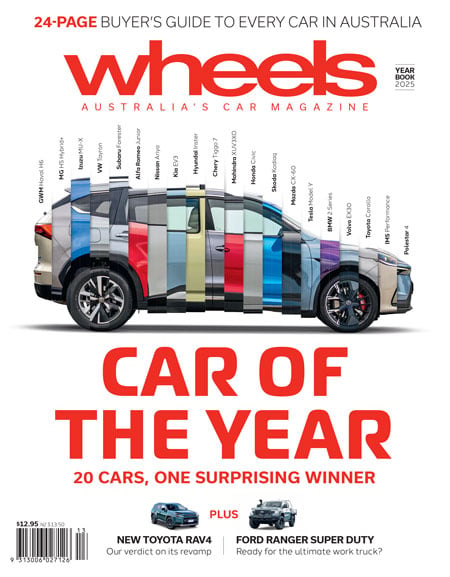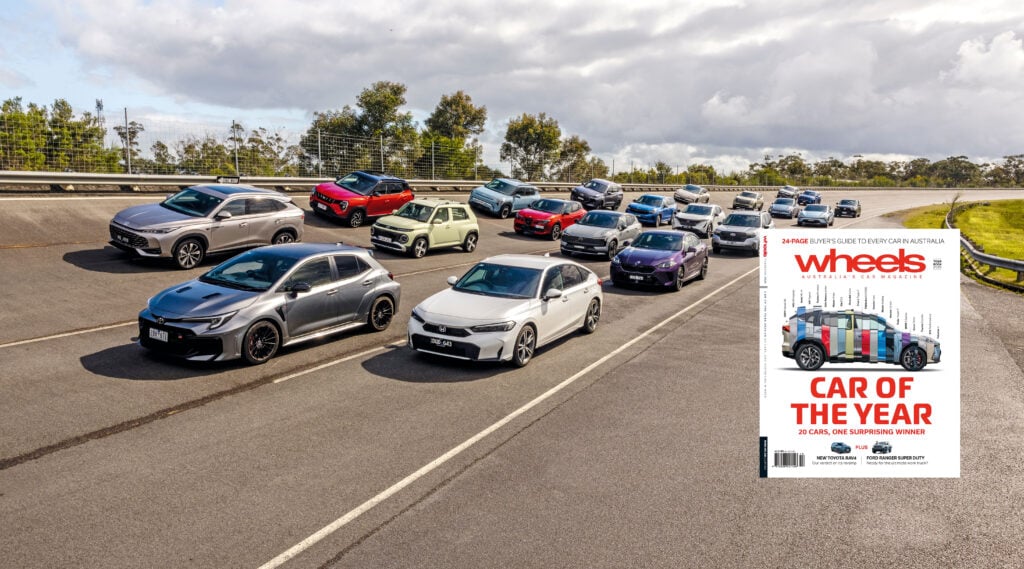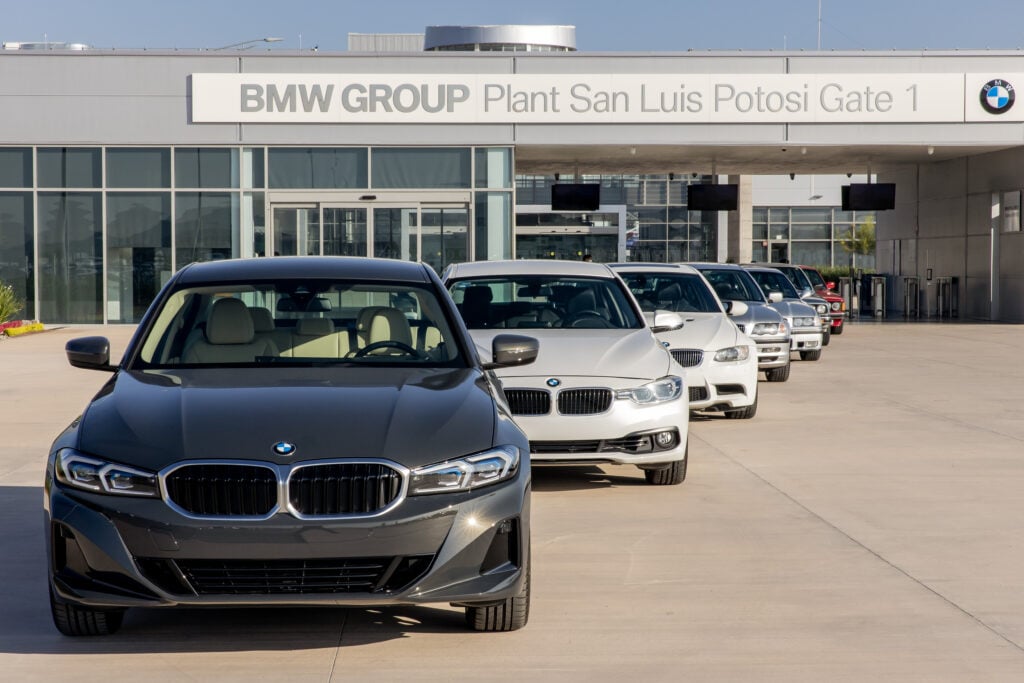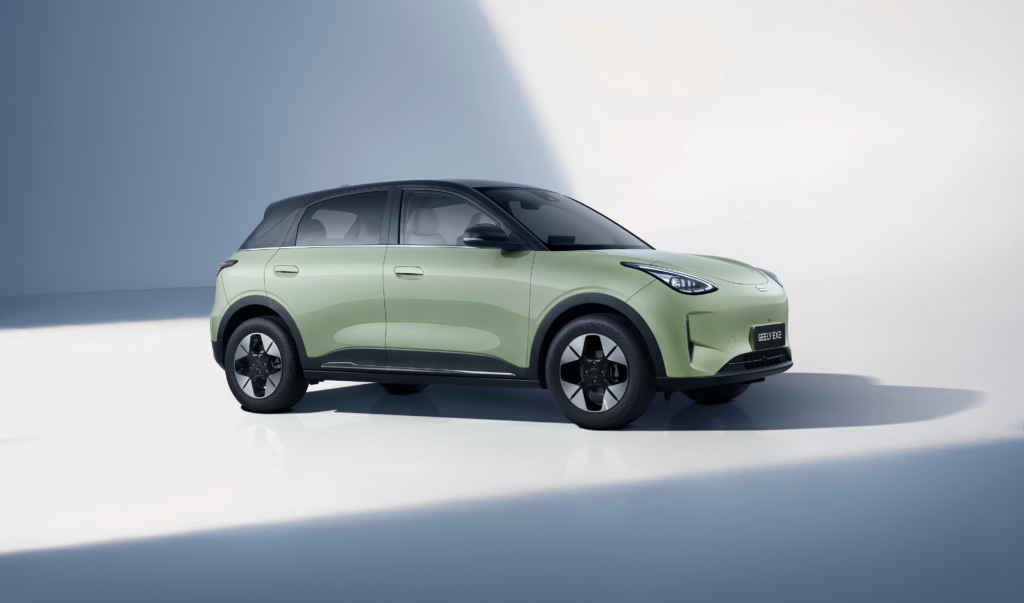Japanese giants Nissan, Honda and Mitsubishi have confirmed talks for a potential corporate merger, with a recently signed memorandum of understanding (MOU) formalising the exploration.
EV-focused talks between Honda and Nissan were confirmed in early 2024, but the relationship is now looking to be a more complete coming together at the corporate and operations level.
Mitsubishi – of which Nissan owns a controlling 34% stake – has confirmed it will decide on its involvement by the end of January 2025.
The potential tie-up has already been dubbed ‘Nissondabishi’ on social media.
If the brands go ahead with the merger, they say the new entity would be listed on the Tokyo Stock Exchange in August 2026, with the individual companies delisting at the same time.
In a lot of legal speak, the announcement outlined plans to consolidate management resources and standardise processes across vehicle development, manufacturing, and supply chains.
All of this is a clear response to growing market demands for electrification – an arena these three have so far failed to make any significant moves in to rival the likes of Hyundai-Kia, Stellantis and Renault, among others.
In recent years, Honda has seemingly come-and-gone from its electric dreams, launching the niche Honda E electric hatch into Europe in 2020, only to kill it in 2023. It was followed in Europe by the HR-V-based e:NY1, while North American buyers got the more practical Prologue SUV in 2023, produced through an already terminated deal with GM.
The company has also partnered with Sony of all brands to launch a new electric marque called Afeela in 2026 – around the same time Honda claims it will finally introduce its own new ‘0 Series’ EVs.
Nissan has launched the Ariya overseas, and while it’s confirmed for Australia, there are still no firm details on timing. At this point, it’s likely we’ll see a midlife facelift first.
Nissan has confirmed new all-electric generations of the Juke, Qashqai and Leaf are in the works – thanks in part to a $5 billion investment into its UK manufacturing program – but it remains to be seen which of these will come to Australia, or when.
Mitsubishi’s Momentum 2030 plan was announced in May 2024, hinting at new-gen models and at least one electric car, but for now the brand has no battery-only EVs available in western markets, focusing more on its plug-in hybrid models.
How will it all come together?
The process is still in its exploratory stage, but the following timeline has been set.
A timeline for change
- MOU signed: December 2024
- Definitive agreement: June 2025 (planned)
- Shareholder vote: April 2026 (planned)
- Joint holding company listed: August 2026 (planned)
The merger includes plans to consolidate platform development programs for internal combustion, hybrid, and electric vehicles.
In North America, the merger could see Honda’s off-roading and heavy-towing offerings grow beyond the car-based Ridgeline ute and Pilot SUV by leveraging the proper 4X4 truck architectures of Nissan and Mitsubishi.
As for future-focused models, all three brands have key electrification and autonomy technologies to offer towards a stronger combined business.
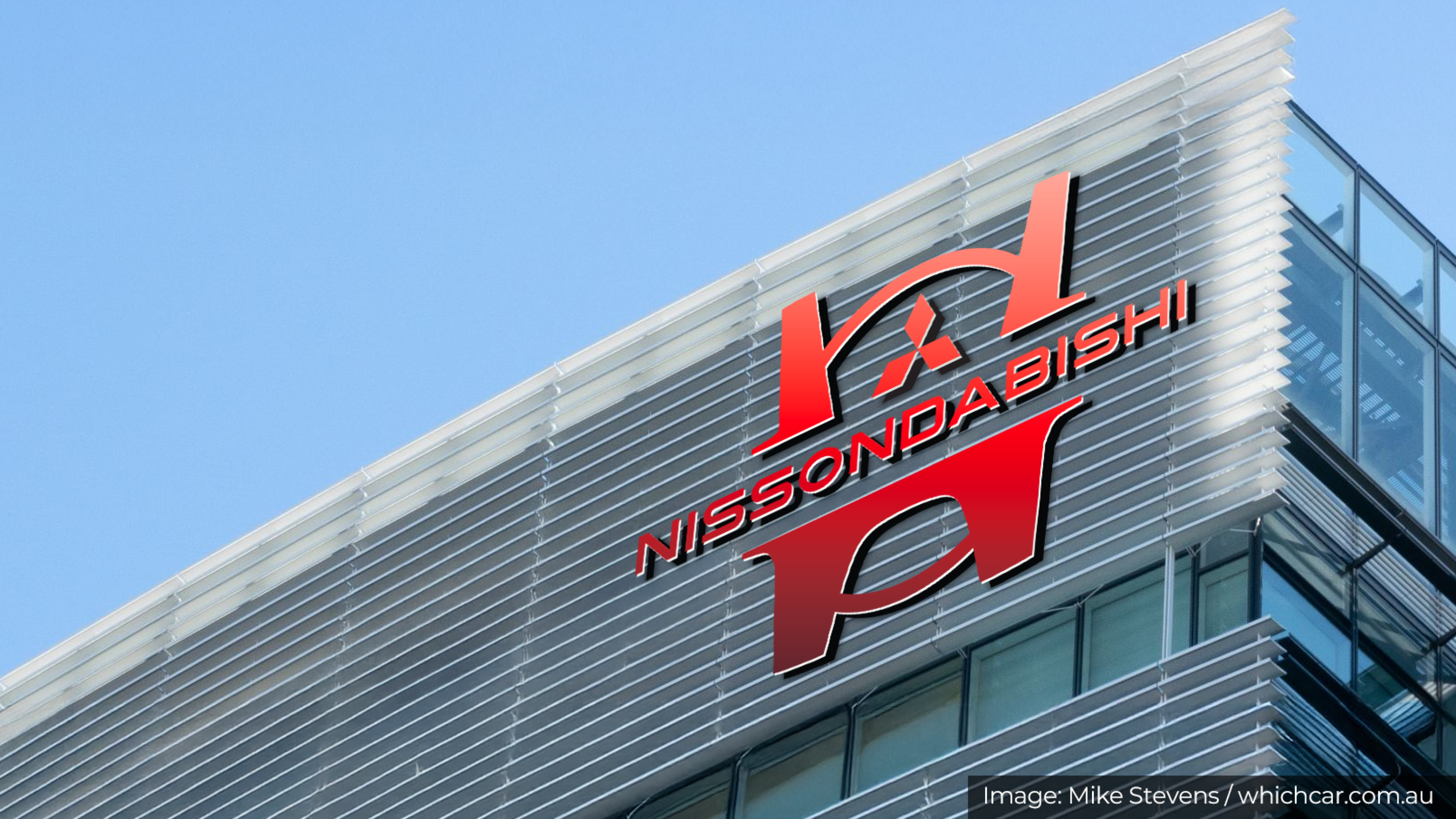
Streamlining R&D operations and costs is also a top priority for any merger, while manufacturing and supply strategies would benefit from parts sharing and far stronger buying and lending power.
The latter would be come thanks to a Nissan-Honda-Mitsubishi merger creating the world’s third or fourth largest carmaker behind Toyota and the Volkswagen group, rubbing shoulders and butting heads with Stellantis and the Hyundai Motor Group.
What effect the merger would have on Nissan and Mitsubishi’s existing alliance with Renault, however, remains to be seen.
Under the proposed structure, Honda is expected to nominate the majority of the joint holding company’s board, including its president.
Big stakes, big questions
This move reflects the shifting dynamics of the global automotive industry, with alliances and mergers becoming more common as manufacturers grapple with the costs and complexities of electrification and autonomous driving technologies.
For Nissan and Honda, two companies with distinct legacies and approaches, aligning their strategies will be no small feat.
For now, the announcement marks the start of what could be a transformative collaboration. The coming months will determine if the synergies both companies have outlined — such as lower costs, increased efficiencies, and streamlined innovation pipelines — are enough to overcome the challenges of such a significant undertaking.
For Nissan, the merger represents a lifeline. Shares in the company on the Tokyo Stock Exchange dropped 7.8% on Friday (December 27) and as much as 6.7% on Monday, in response to concerns over the costs and complexity of executing the merger.
The dip followed a 20% surge when initial reports of the merger talks broke, highlighting the volatility surrounding the deal. Investors appear torn between optimism for a consolidated position in the global automotive market and apprehension about the financial and operational complexities of integrating three major manufacturers.



